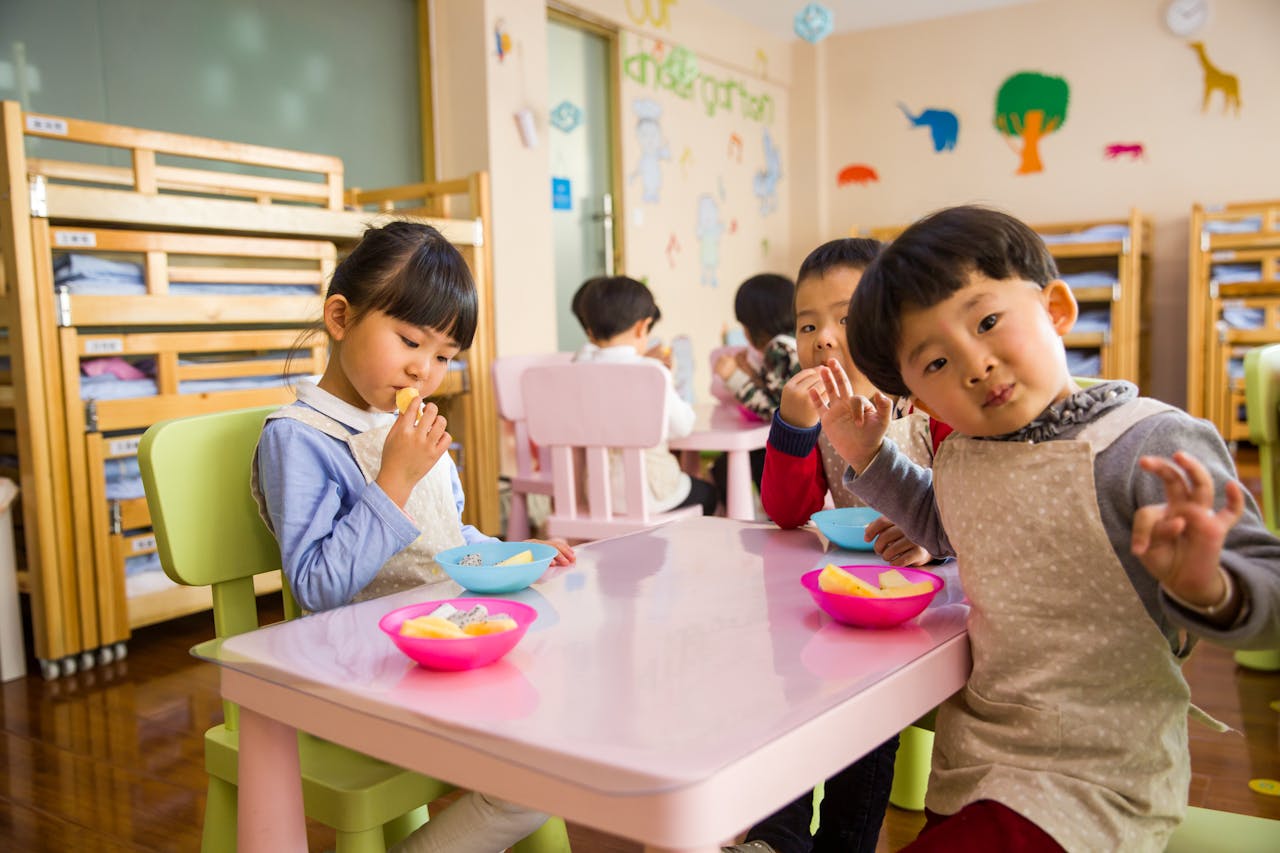Balancing work and family life can be tricky, especially when you’re trying to manage your schedule while making sure your little one gets the care they need. In Illinois, the state has specific guidelines about how many hours children can spend in daycare each day. These rules are designed to protect your child’s health and development while giving working families the flexibility they need.
Illinois’s childcare system is managed by the Illinois Department of Human Services (IDHS), which oversees three main types of providers: licensed child care providers, certified license-exempt centers, and legal nonlicensed providers. Each category has its own set of rules. The IDHS also runs the Child Care Assistance Program (CCAP), which helps lower-income families access quality child care so that parents can work or go to school. Every month, CCAP provides access to childcare for over 23,000 children from more than 12,000 families, with nearly 4,000 childcare providers making this possible by registering with CCAP.

There’s no specific daily limit on how many hours a child can be in daycare per day in Illinois, but most licensed providers will have their own guidelines, and there are limits when it comes to CCAP payments.
Illinois generally allows a maximum of 120 hours of childcare assistance per child in a two-week period, except in special circumstances outlined in state regulations. This equates to about 60 hours a week or roughly 8.5 hours per day over 14 days. While you can use these hours however you want to fit your schedule, CCAP typically won’t pay for more than 10 hours of care in a single day.
The hours the IDHS approves depend on several factors: your authorized activities (i.e., work or school), your child’s school schedule, the availability of your chosen provider, and any court-ordered custody or parenting time arrangements. The goal is to match your family’s needs while minimizing your out-of-pocket costs. Children can continue to receive assistance until they reach the age of 13 (or 15 if they have a disability).
For two-parent families, there’s an important catch: care is only authorized when both parents are simultaneously in work or school. CCAP won’t authorize care if one parent is available to provide childcare.
To qualify for CCAP, your child must be 12 or younger (or up to 14 if they have a disability), and your family must meet citizenship and immigration requirements, cooperate with child support enforcement, have assets worth $1 million or less, and meet set income limits. Income guidelines vary depending on the size of the household. For example, for a two-person household, the income limit is typically $44,006 annually before taxes.
Understanding Illinois’ day care regulations and the support that’s available allows you to make smart childcare decisions that really work for your family. While the 120-hour biweekly limit and 10-hour daily maximum help to protect your child’s well-being, the system is designed to give working families reasonable flexibility. These rules create a balance between accessibility and quality, making sure all children receive appropriate care regardless of their families’ financial circumstances.
Quality daycare programs prioritize child development and safety within the regulatory framework, offering educational opportunities and social experiences that support long-term growth. When you’re choosing a day care, look beyond just the hours to things such as staff qualifications, educational programs, safety protocols, and the overall environment that’ll shape your child’s daily experience.
At our child care center in Elmwood Park, we understand Illinois’ childcare regulations inside and out, and we work closely with families to provide quality care that meets both state requirements and each family’s specific needs. Contact Little Newtons today to learn about our programs, schedule a tour, and discover how we can support your family’s childcare needs while maintaining the highest standards of safety and educational excellence.
Three Toddler Eating on White Table by Naomi Shi is licensed with Pexels License